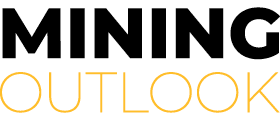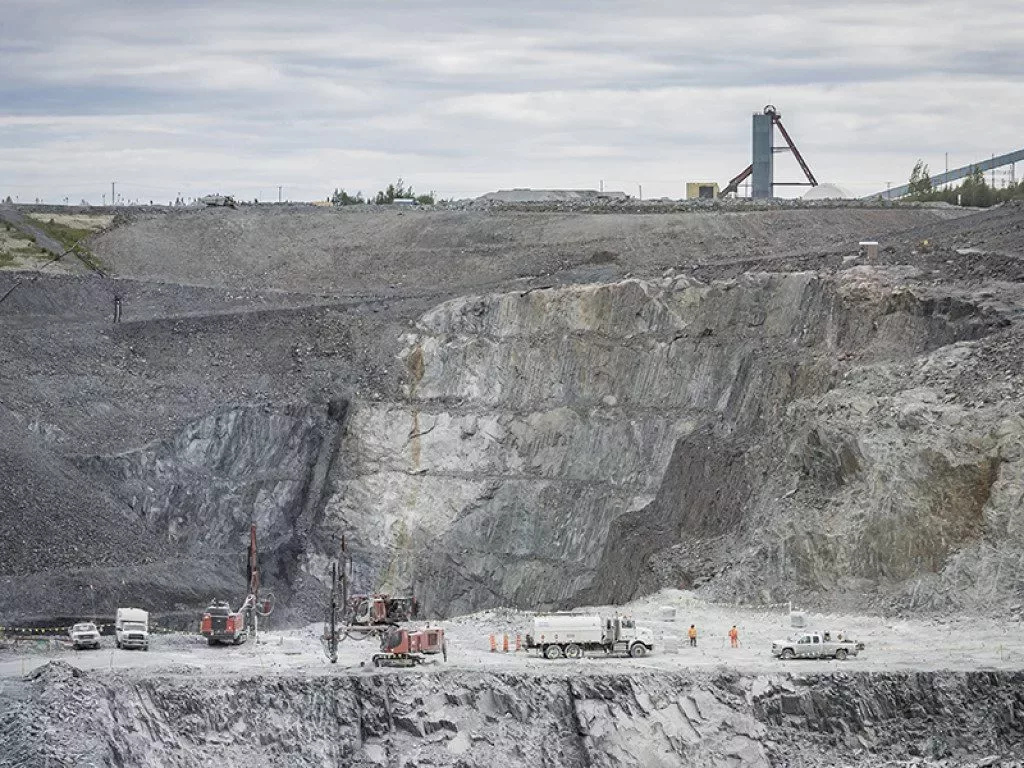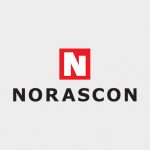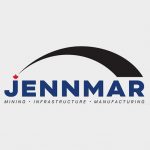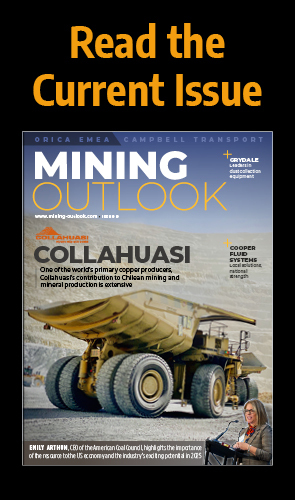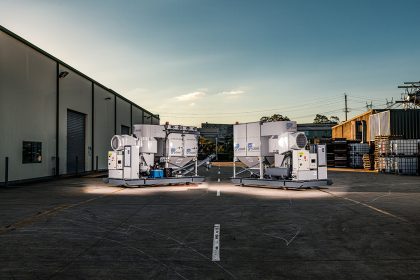With outstanding health and safety practices and as a proud First Nations employer, Vice President of Hecla Mining Québec, Ronald Durham, discusses responsible mining and future innovation.
INTRODUCTION
“Always be honest and listen to the people that you are working with. That is always going to help the operation.”
For Ronald Durham, Vice President and General Manager of Hecla Québec, this sound advice has served him in good stead since his early days underground.
Hecla Québec represents the Canadian division of the vast Hecla Mining enterprise – North America’s largest silver producer and the oldest listed precious metal mining company on the New York Stock Exchange.
In a province that is renowned for the wealth of its mineral deposits in copper, silver, gold and zinc, Hecla Québec are well placed to mine Eastern Canada’s natural resources.
The company’s flagship Casa Berardi mine was founded over 130 years ago and stands today as one of the area’s most significant gold mining projects, representing Hecla Québec’s key asset. Located 95 kilometers north of La Sarre, the mine is strategically positioned to straddle a 37 kilometer section of the Casa Berardi fault.
“In 2020, we produced 121,000 ounces of gold and 21,000 ounces of silver.” These figures were lower than those recorded in 2019, as a direct result of the three-week lockdown imposed on mining activities by the Québec government due to COVID-19.
“Casa Berardi is a hybrid mine – we have both two open pit and two underground mines – one in the east sector, one in the west sector. The open pit is called East Mine Crown Pillar (EMCP), which has been completed – we are mining its extension right now and later this year we will be opening the 160 pit,” Durham tells us.
Durham himself climbed the ladder to his current position after years in the industry, originating with a summer job in 1989 working as a surveyor. After his first experience underground, Durham was enchanted.
“The first time that I went underground, I really fell in love with the old magic of an underground mine,” he comments. A degree in Mining Engineering followed and an ascendent career path from first line supervisor, to miner, then engineer, leading to Durham’s ongoing tenure as Vice President and General Manager of Hecla Québec today.
We’re a continuous operation, 24 hours a day, seven days a week”
Ronald Durham, VP and General Manager, Hecla Québec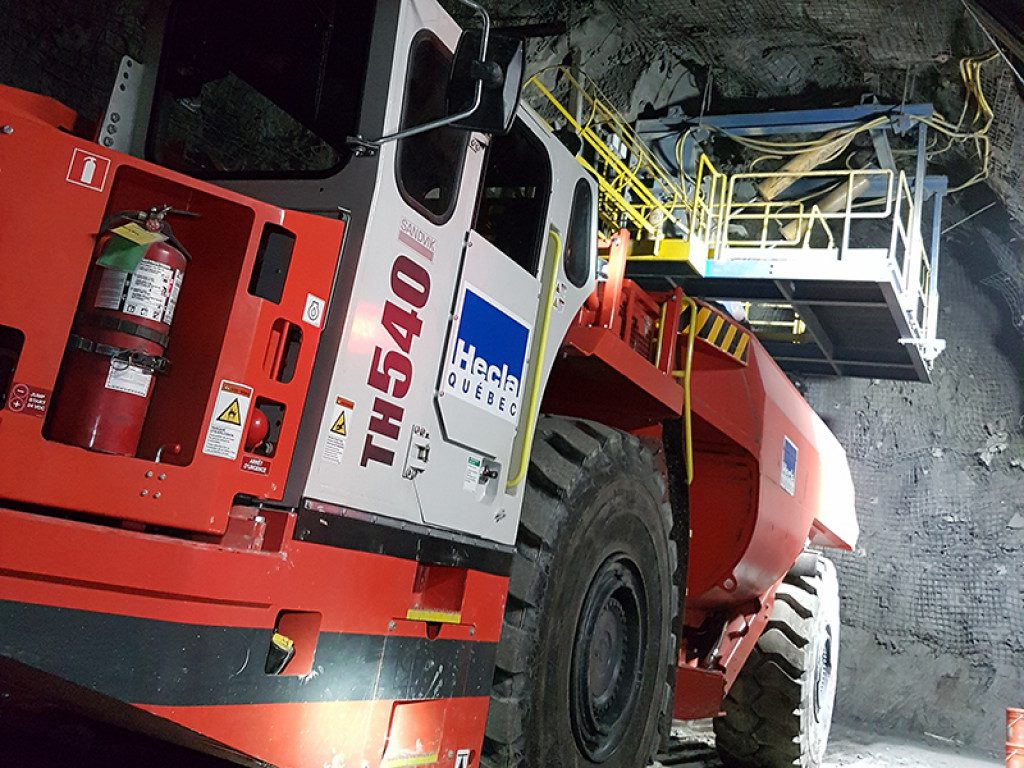
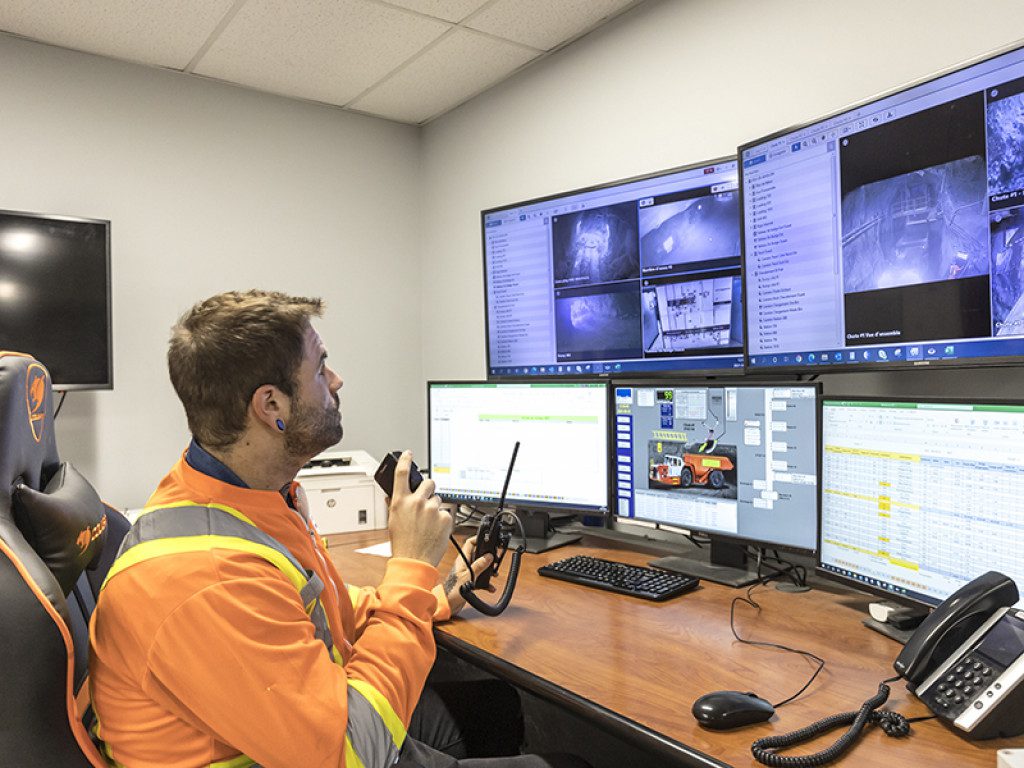
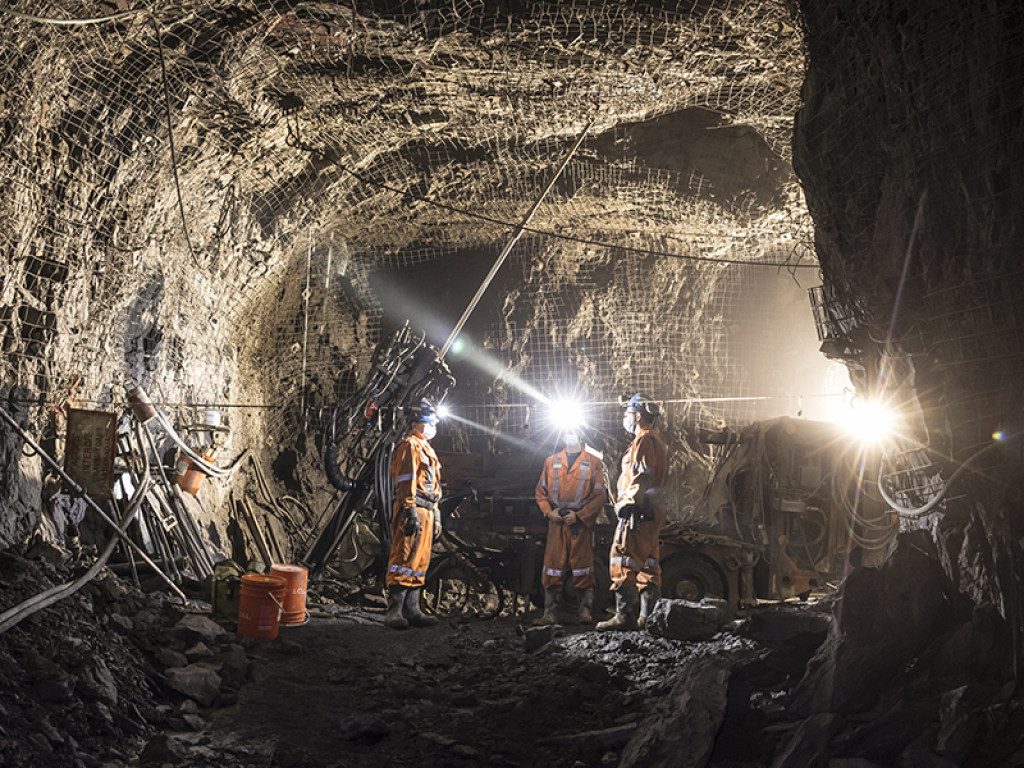
EMPOWERING THE WORKFORCE
As the leading tenet of Hecla Québec’s CSR plans, worker health and safety is a huge component of being an attractive employer, with its workforce operating safe in the knowledge that their welfare is paramount.
“Last year, we reached an OSHA incident rate of 1.7 on December 31st 2020. This was down by 37 percent from 2019 which was at 2.7 but over the last six years we basically bought it down from 10 to 1.7.”
As of January 13th 2021, Hecla Québec celebrated the significant milestone of marking one year without a lost time accident.
“The Casa Berardi mine is now recognized by the industry as one of the safest mines. And this last year, we affirmed our health and safety leadership by achieving one year without a lost time accident,” Durham adds.
These efforts culminated in the receipt of the prestigious John T. Ryan trophy from the Canadian Institute of Mining, Metallurgy and Petroleum, in recognition of the mine’s outstanding health and safety performance throughout 2020.
The company is energized by a young workforce, with 45 percent of staff aged between 18 and 35 and a good gender split in a particularly male dominated industry.
“Approximately 10 percent of employees on the Hecla Québec payroll are women,” Durham tells us.
As one of the largest employers in Northern Quebec, Hecla Québec’s total staff comprises around 1,042 people, 369 of which are contractor employees hired by the contractor that the company uses for open pit operations.
The company encourage career progression and endeavors to simplify the working lives of their employees by providing catering and transport services, with the future goal of implementing a new clerical office within the closest major town, to save employees having to travel several hours a day to the mine site.
Durham identifies recruitment and talent retention as “probably the biggest challenge for the mining industry going into the future.”
“To be able to assess this, one of the things that we did this year was a survey with all of our employees to capture their requests and all of their concerns. We took that survey, analyzed it and we have started to implement some of the demands that our workforce had in mind.
“Everything that we are able to implement, we will do it. We want to be as attractive as possible to our workforce.”
A key ingredient of the Hecla Québec workforce that is a particular source of pride to Durham, is the representation of First Nation employees within their staff, indicative of the respect that the company pays to the aboriginal communities surrounding their environment.
“Last year, we maintained an average of 25 First Nation employees on our site. We also strongly encourage our suppliers to employee from the First Nations also. We are working very well on this aspect in our operation,” he explains.
On December 9th 2020, the company signed a cooperative agreement for the exploration, development and operation of the Casa Berardi mine projects with the Council of the Abitibiwinni First Nation (CAFN).
“This was an important milestone because we’re only the second mining company of our region (Abitibi-Temiscamingue) to sign an agreement with the First Nation – we are very proud of that.”
We are the safest mine in the province of Québec and the whole of Eastern Canada including all the maritime provinces. This is a huge achievement for us”
Ronald Durham, VP and General Manager, Hecla Québec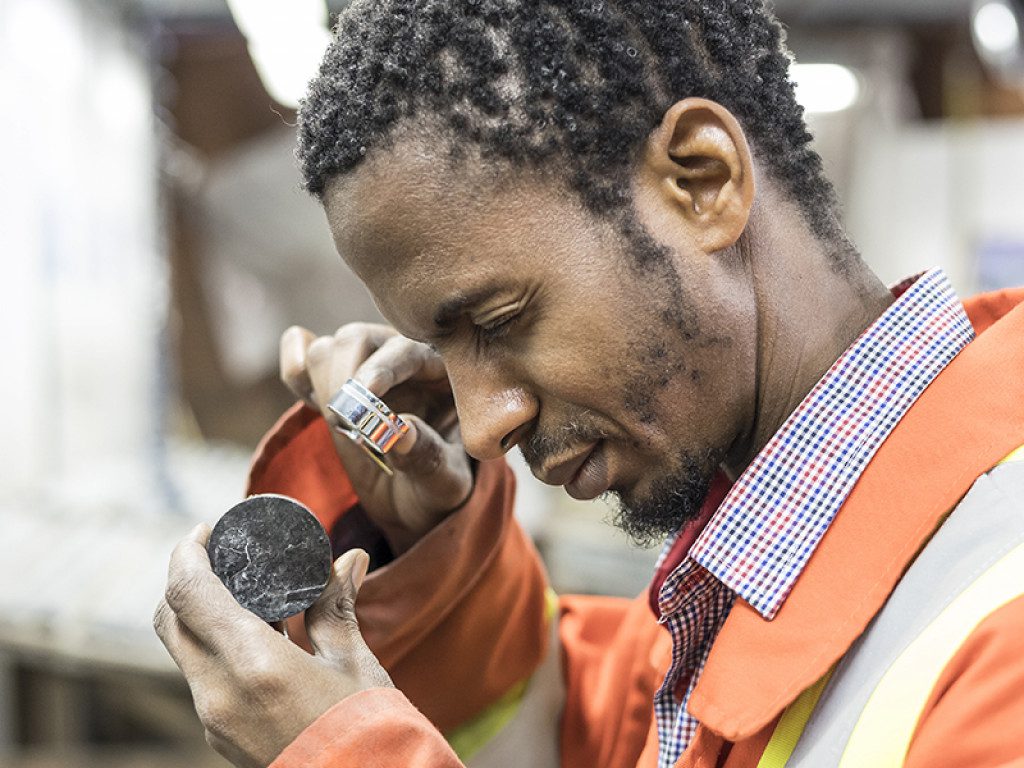
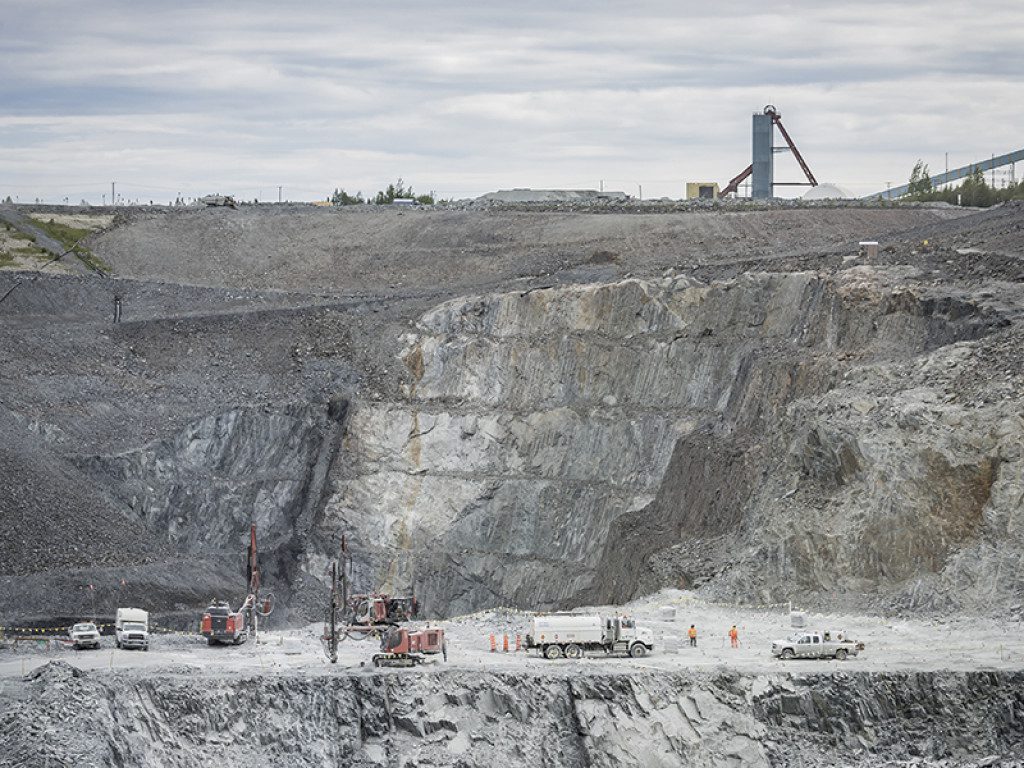
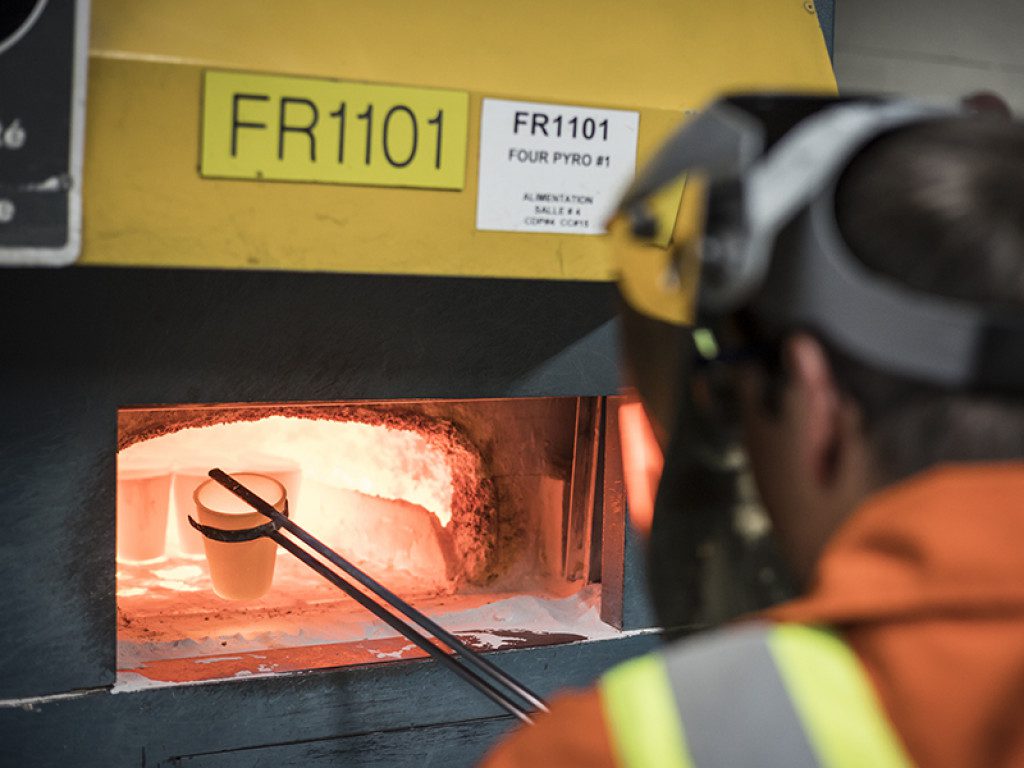
INCORPORATING INNOVATION
Alongside progressing and innovating the company in a responsible manner by acting on the feedback of employees, technologically speaking, there are many aspects of the Casa Berardi mine that showcase how Hecla Québec incorporate innovation.
For the past six years, Hecla Québec have been exploring the possibilities of automating above ground hoisting operations, enabling the mine to continue hoisting even without anyone underground. By so doing, the hoisting operations are fed by the rock hammer underground, which in turn is also automated from the surface. Two automated trucks have been implemented to transport materials to a rock hammer, representing a greatly streamlined method of operation.
“We were the third mine in the world to implement that technology,” Durham tells us.
Another primary example of innovation within the mine is Hecla Québec’s work within ventilation on demand to mitigate the site’s electricity consumption. The company is looking to implement phase two of this project in the near future.
“We also worked on our underground development, through which we were able to reduce the over break of the development from 12 percent to eight percent by having an automated drill pattern within our jumbo that is doing the underground development.
“Through working on our production drilling and enabling the drill to drill an extra hole, we were able to have an average of about 12 meters of extra production drilling per day for the past five years by doing so,” he explains.
In an ongoing effort to reduce the company’s energy consumption, energy on demand will remain a key area of focus to increase efficiency.
In terms of North America’s mining sector today, Durham observes the industry as defined by a promising dynamism.
“With the prices of the metal right now, there is a lot of enthusiasm and a lot of mines expanding.
“The future is really bright for the mining industry right now.”
